I dove into origami over the last few days, reading up on tessellation origami as well as origami sculpture. I even folded a model or two:
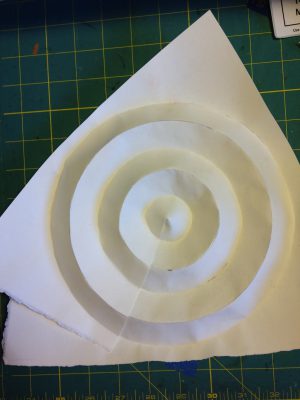
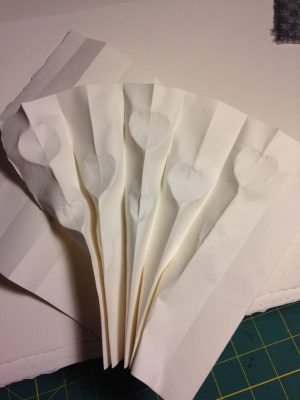
The models are folded out of dampened watercolor paper. Unfortunately, I rapidly discovered a problem with that medium: it is attractive to cats. Very attractive. Here is Fritz, investigating my first model:
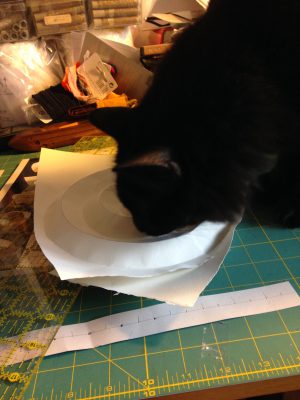
I think it was the smell that attracted him: this particular paper, dampened, smells musty, like a wet dog. Unfortunately the paper is also tasty (if you’re a cat) – Fritz rapidly discovered an obsession for licking the paper. I’m pretty sure the glue in the paper isn’t good for him, so the paper went onto a high shelf.
The peacock fan model was only somewhat successful – I had a lot of trouble forming the curved folds. There is an origami enthusiasts’ meeting near me on Saturday; I’ll probably go there to ask for advice on curved folds in heavy paper.
In addition to the books I mentioned in my last blog post, I remembered that I had this wonderful origami book in my library:
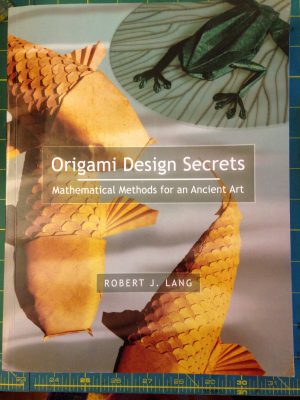
It’s a hefty tome (583 pages), but promises to be very helpful in understanding origami structures and how to design them.
So I have mostly been reading on origami the last few days.
But yesterday a package arrived with Yet More Inspiration:
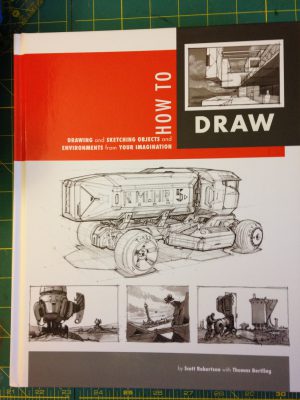
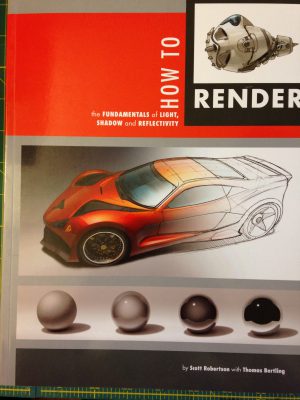
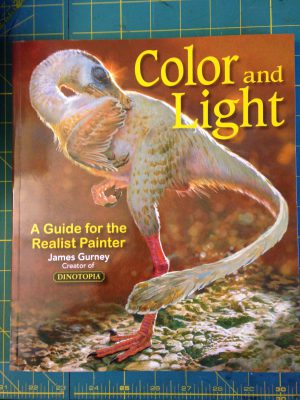
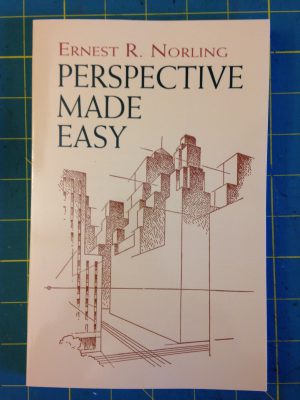
So I expect I have a lot of reading and a little bit of practicing to do, in both drawing and origami, over the next week or so.
This may seem like a scattershot approach – a little bit of this, a little bit of that – but I’ve found that’s how I learn a subject fastest. Particularly in this case, I’m a generalist – I’m not interested in going deep into either form, as my interest in both is entirely ancillary to my interest in weaving. I don’t want to be an expert origamist; I only want to know what I need in order to design intriguing woven origami pieces. Similarly, I am not interested in being an expert artist – just enough to design for the jacquard loom. So I want a broad theoretical overview coupled with just enough practice to understand the basics. Hence the large collection of books, which I will mostly skim to get the underlying principles. If I have time and inclination later, I’ll go back and do a deeper reading.
Of course, there are challenges to learning either art. One of the big ones weighs about twelve pounds, is adorably furry, and finds any open space on my worktable utterly irresistible:
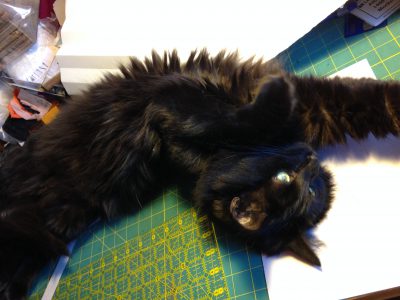
Clearly, under the circumstances, the only possible response is to give him a belly rub. (Or so he thinks, anyway…and he is occasionally right. 🙂 )

Barbara Sher says you’re either a diver or a scanner. As a fellow scanner, I love the range of your posts, especially since I find all of your topics fascinating. 🙂